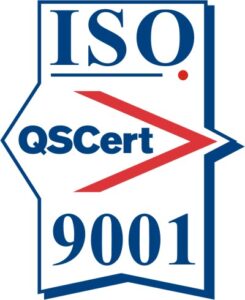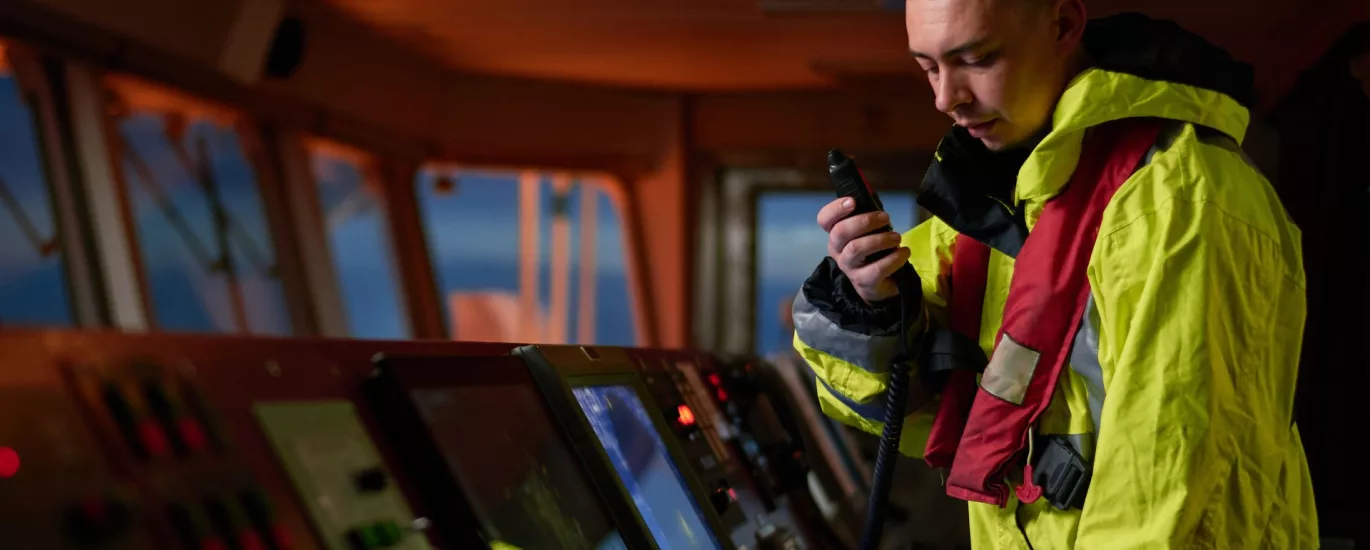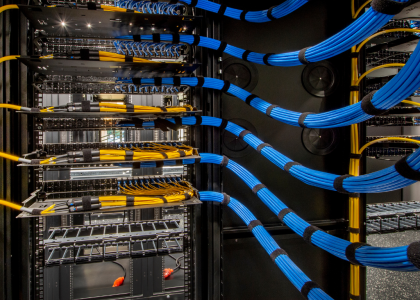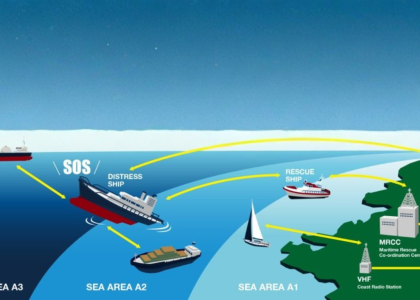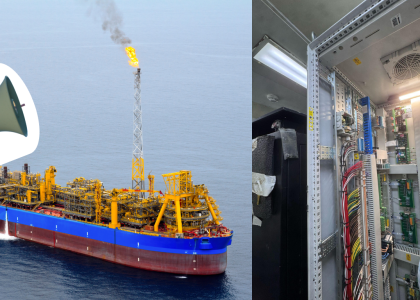This World Radio Day, we celebrate the importance of radios for maritime communication. Though radios are generally considered an outdated method of communication, in the expansive realm of maritime communication, where ships traverse vast oceans and unpredictable waters, radios play a vital role in ensuring connectivity, safety, and efficiency.
The Need for Maritime Communication
At the heart of maritime communication lies the imperative need for reliable, real-time information exchange. Radios serve as the primary means of communication between ships, shore stations, and maritime authorities, enabling seamless coordination and collaboration. Whether conveying navigational instructions, weather updates, or distress signals, radios facilitate swift and effective communication, fostering situational awareness and enhancing operational efficiency.
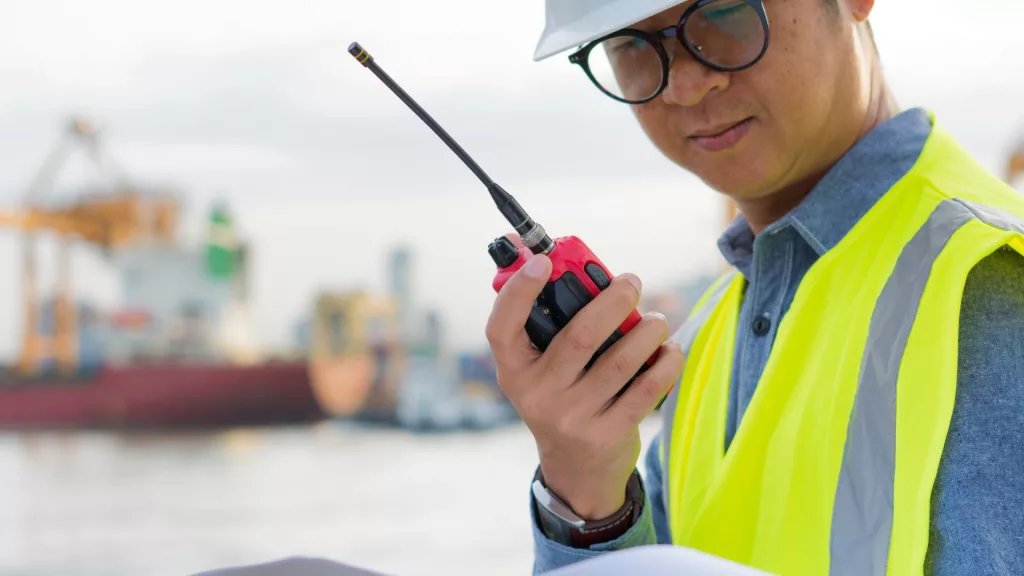
Types of Radios Used for Maritime Communication
From relaying distress signals to facilitating routine communications, various types of radios play crucial roles in ensuring seamless communication
VHF radios are the workhorses of maritime communication, operating in the frequency range of 156 to 174 MHz. They are widely used for short-range ship-to-ship and ship-to-shore communication, offering clear and reliable voice communication.
Their line-of-sight propagation characteristics make them suitable for coastal and inland waterway communication, although their range is limited compared to other radio types.
Single Sideband (SSB) Radios
SSB radios operate in the high-frequency (HF) band, typically between 1.6 to 30 MHz. They offer long-range communication capabilities, making them indispensable for ocean-crossing voyages and maritime operations in remote regions where VHF coverage is limited.
SSB radios facilitate communication over thousands of miles, enabling vessels to stay connected with maritime authorities, obtain weather forecasts, and seek assistance in emergency situations.
GMDSS radios represent a comprehensive framework for maritime communication and distress alerting, mandated by the International Maritime Organization (IMO). They encompass a range of radio equipment, including VHF, MF/HF, and satellite communication systems, designed to ensure the safety and security of vessels at sea.
GMDSS radios feature automated distress alerting capabilities, such as Digital Selective Calling (DSC), enabling vessels to transmit distress signals with precise location information to nearby ships and rescue coordination centers.
Automatic Identification System (AIS) Transponders
AIS transponders are not traditional radios per se, but they play a crucial role in maritime communication and collision avoidance. AIS transponders automatically broadcast vessel information, including identity, position, course, and speed, to nearby vessels and shore stations. These transponders complement traditional radio communication systems, providing an additional layer of safety and efficiency in busy maritime traffic zones.
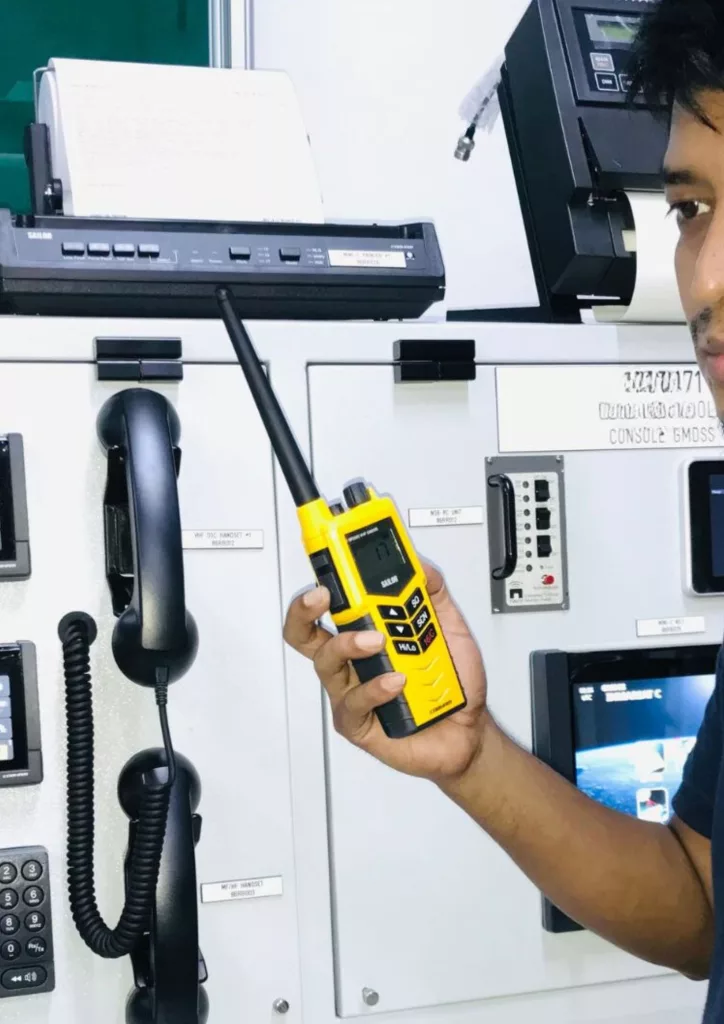
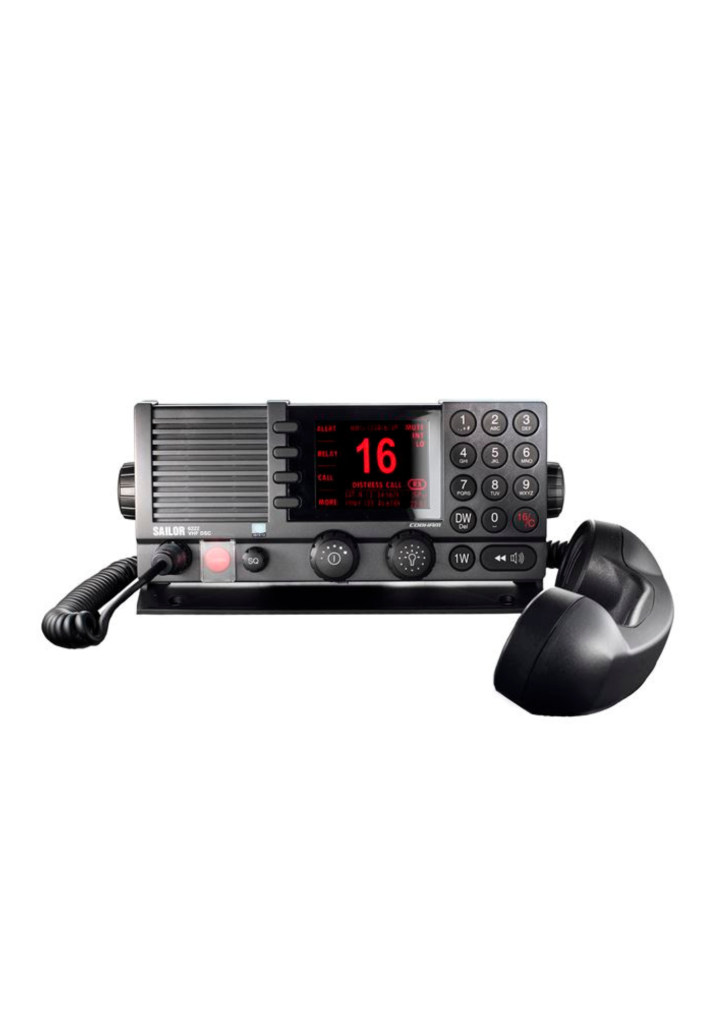
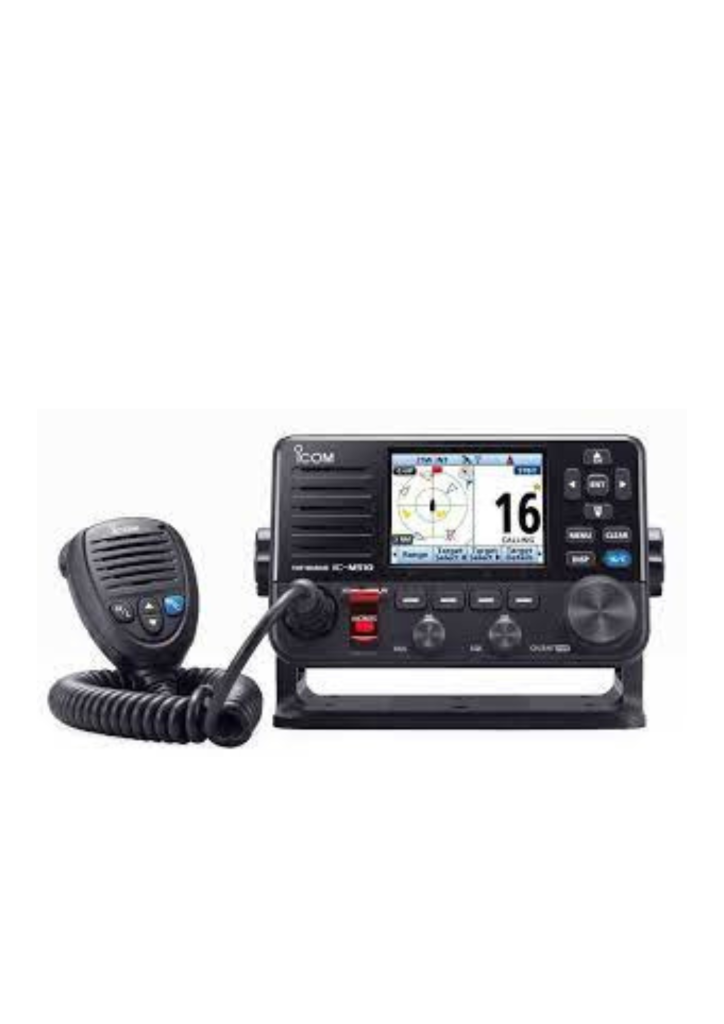
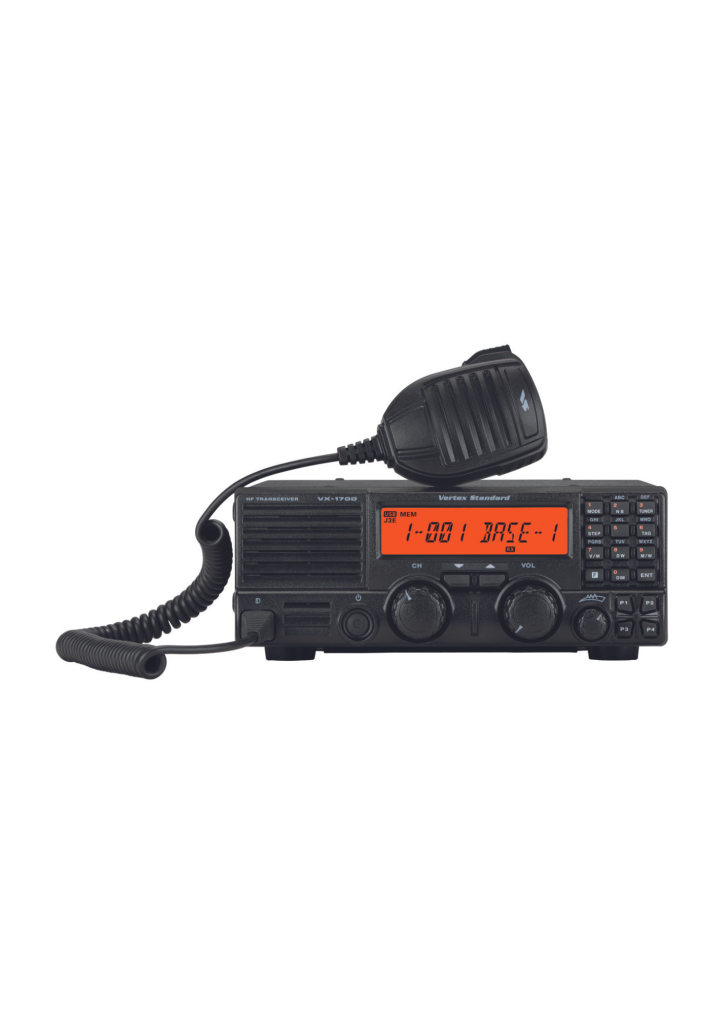
Get the right team
At Vivo Asia we understand the importance of radios for maritime communication. We have partnerships with some of the best brands in the industry such as Sailor for VHF-FM-MF/HF SSB, Jotron for VHF – AM and Motorola for UHF radios, Additionally, we also provide radio coverage studies to ensure optimal functionality. Contact us today to discuss your requirements!



